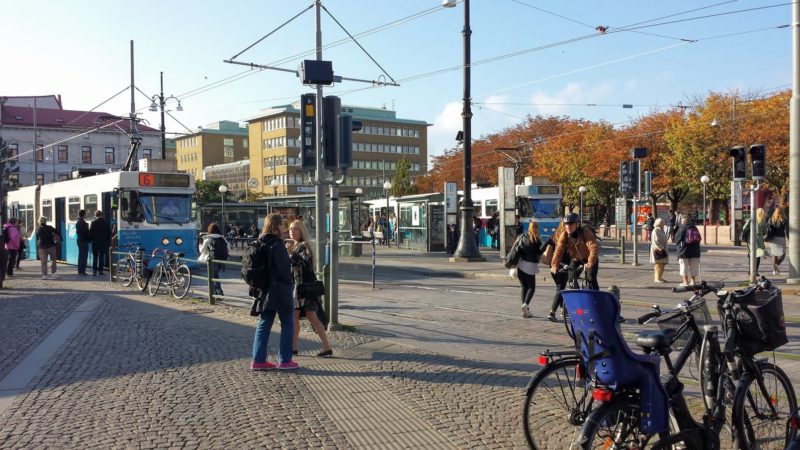
Share On Social!
When families in disadvantaged neighborhoods have access to transit and jobs, they have greater choices between housing units and employment opportunities, and alternative transportation options connecting the two, which also connects them to schools, parks, and healthy food. With that expanded choice comes a decreased dependence on automobiles, which frees up money for other important things. Through this connection to job opportunities and other valuable resources and services via transit, economic mobility increases; greenhouse gases decrease; and neighborhoods become more economically and environmentally resilient, all of which positively impact health.
Access AllTransit data tools here and enter your zip code.
Copy and Share: Who can access transit in your community and why does it matter? http://salud.to/2ygAXyh @SaludAmerica
By The Numbers
27
percent
of Latinos rely on public transit (compared to 14% of whites).



